Hey guys! Just wanted to document my methods and thoughts on how I am getting rid of the dinos in my tank. I just identified them today and am taking immediate action into my hands (the faster you move the better for getting rid of these pesky things)! Dino started off on the sandbed for me and crept up my rock work. Just today, I realized the stringy (almost like mucus) brown threads on my corals. I woke up this morning and saw nothing but about 4 hours later the stringy brown stuff appeared and I knew something was up! Thanks to all the helpful people of R2R, I was able to identify this brown stuff as dinoflagellates. It was easily mistaken for diatoms!
I immediately turned off my lights and prompted a blackout of my tank with graduation yard signs and towals taped to every edge. Who knew being a covid high school graduate would come in handy lol! Currently, my biggest fear is for my corals. I have a couple softies (xenis, GSP, orange ricordia, purple discosoma, and zoas) that have been doing really well and even growing ever since I added them to my tank. With softies, I’m hoping that these hardier corals will be able to bounce back!
I have made some mistakes on the way which might have contributed to dinos, so I will share...
* Possibly using distilled water instead of RO/DI water (sketchy lfs business I might have bought fake RO/DI from)
* Not buying a good and accurate test kit (stay away from the API test kits!! They’re only good for cycling!)
* Not having the best water change schedule (Don’t wait an extra day, do the water change!)
* Not having an ATO system to keep stability (might have had salinity swings from not being able to completely tell if water had eveporated)
* Not having a auto dosing system (don’t dose by hand, i’ve had many accidental extra drops probably added in)
* Not getting a salinity refractometer initially (please do not use a hygrometer, its very inaccurate)!!! Seriously guys, get the salinity refractometer, It’ll save you a lot of headaches!!
Lots of Beginner mistakes here! (It’s okay, you just have to do better once you have the knowledge). Hopefully someone sees this and learns from my mistakes. This hobby cannot and should not be done on a budget build. Its one of those things that if you don’t buy it now, then you’re going to end up buying it later!
With this all being said, I am starting a fast and aggressive regimen to get rid of these dinos.
* A full 5 day blackout, but run 10% blue lights for a few hours a day to help corals
* Manually remove as much dinos as possible using turkey baster, siphon, etc as well as a 10-20% water change
* Change my filter sock daily (I am running an AIO tank).
* During the day dose 1mL per 10 gallons of beneficial bacteria
* During the night dose 1mL per 10 gallons of hydrogen peroxide
* Dose nitrates if they get any lower than 10ppm
* Dose phosphates (I currently have none, so I will shoot for 0.01ppm reading per day and add more if phosphates become 0)
With all this being said, I will still feed fish regularly, but I will not feed corals, dose NOPOX, or carbon dose since they will serve as food for dinos. I will also not be peaking at my tank until day 5 of blackout is complete (big sigh here for me). Any help is still greatly appreciated by those who have experience with these pesky little buggers! Hopefully this helps someone also struggling with dinos! I will update progress after blackout is complete! Fingers crossed everybody! (Pics added of before and after blackout and my diatoms under my cheap microscope)
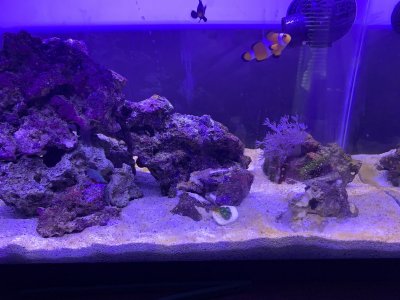
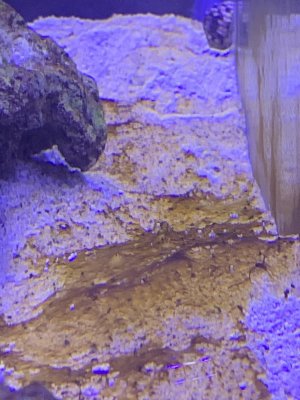
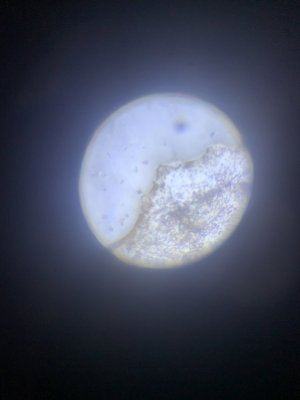

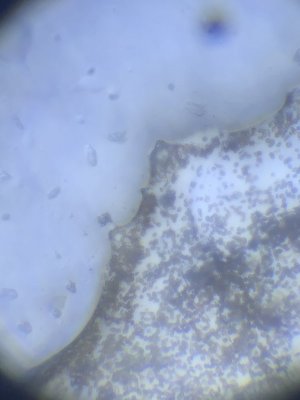
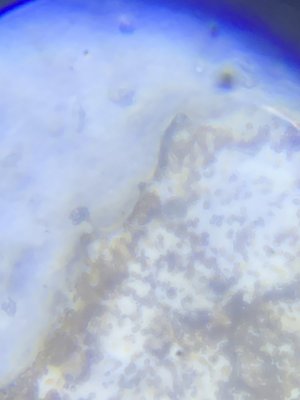
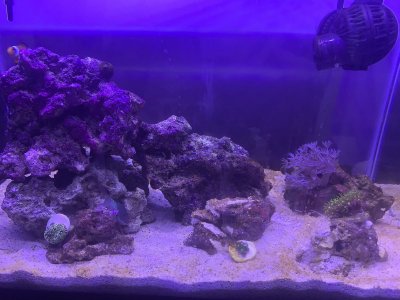
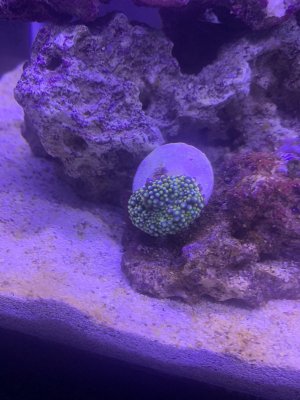
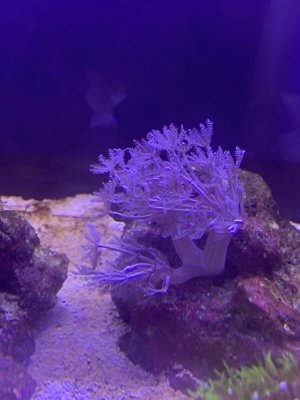
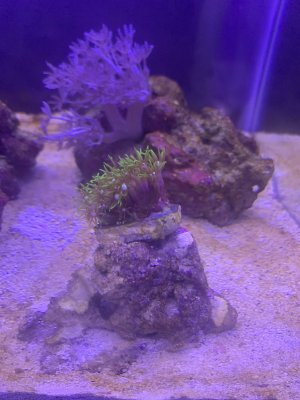
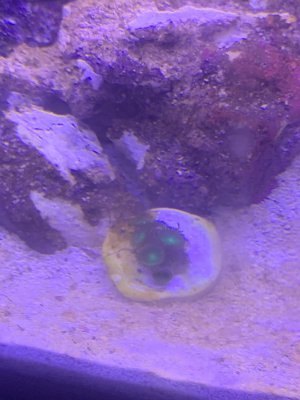
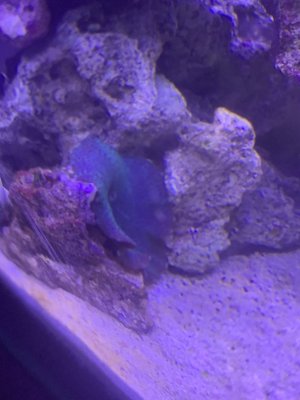

I immediately turned off my lights and prompted a blackout of my tank with graduation yard signs and towals taped to every edge. Who knew being a covid high school graduate would come in handy lol! Currently, my biggest fear is for my corals. I have a couple softies (xenis, GSP, orange ricordia, purple discosoma, and zoas) that have been doing really well and even growing ever since I added them to my tank. With softies, I’m hoping that these hardier corals will be able to bounce back!
I have made some mistakes on the way which might have contributed to dinos, so I will share...
* Possibly using distilled water instead of RO/DI water (sketchy lfs business I might have bought fake RO/DI from)
* Not buying a good and accurate test kit (stay away from the API test kits!! They’re only good for cycling!)
* Not having the best water change schedule (Don’t wait an extra day, do the water change!)
* Not having an ATO system to keep stability (might have had salinity swings from not being able to completely tell if water had eveporated)
* Not having a auto dosing system (don’t dose by hand, i’ve had many accidental extra drops probably added in)
* Not getting a salinity refractometer initially (please do not use a hygrometer, its very inaccurate)!!! Seriously guys, get the salinity refractometer, It’ll save you a lot of headaches!!
Lots of Beginner mistakes here! (It’s okay, you just have to do better once you have the knowledge). Hopefully someone sees this and learns from my mistakes. This hobby cannot and should not be done on a budget build. Its one of those things that if you don’t buy it now, then you’re going to end up buying it later!
With this all being said, I am starting a fast and aggressive regimen to get rid of these dinos.
* A full 5 day blackout, but run 10% blue lights for a few hours a day to help corals
* Manually remove as much dinos as possible using turkey baster, siphon, etc as well as a 10-20% water change
* Change my filter sock daily (I am running an AIO tank).
* During the day dose 1mL per 10 gallons of beneficial bacteria
* During the night dose 1mL per 10 gallons of hydrogen peroxide
* Dose nitrates if they get any lower than 10ppm
* Dose phosphates (I currently have none, so I will shoot for 0.01ppm reading per day and add more if phosphates become 0)
With all this being said, I will still feed fish regularly, but I will not feed corals, dose NOPOX, or carbon dose since they will serve as food for dinos. I will also not be peaking at my tank until day 5 of blackout is complete (big sigh here for me). Any help is still greatly appreciated by those who have experience with these pesky little buggers! Hopefully this helps someone also struggling with dinos! I will update progress after blackout is complete! Fingers crossed everybody! (Pics added of before and after blackout and my diatoms under my cheap microscope)































